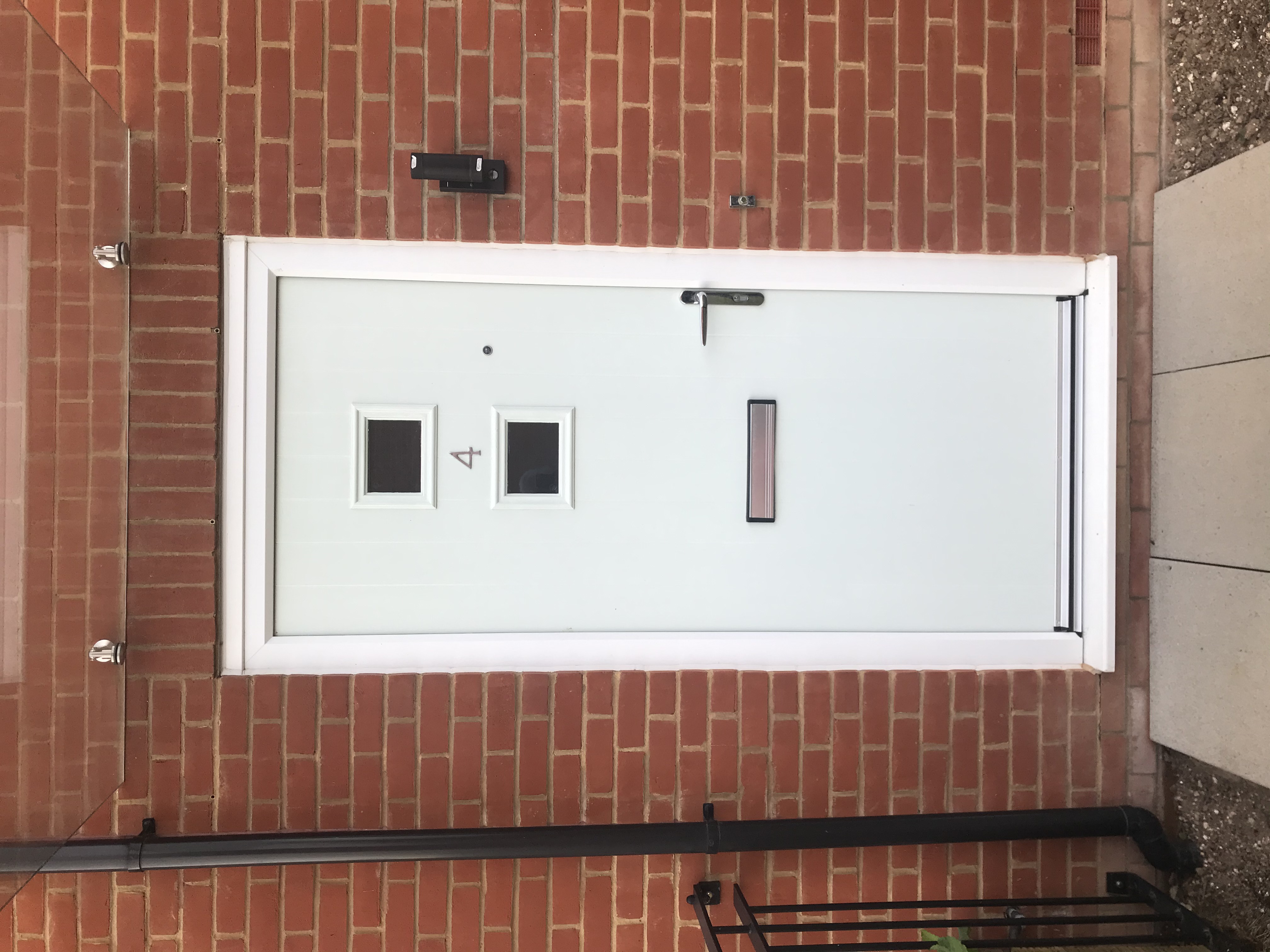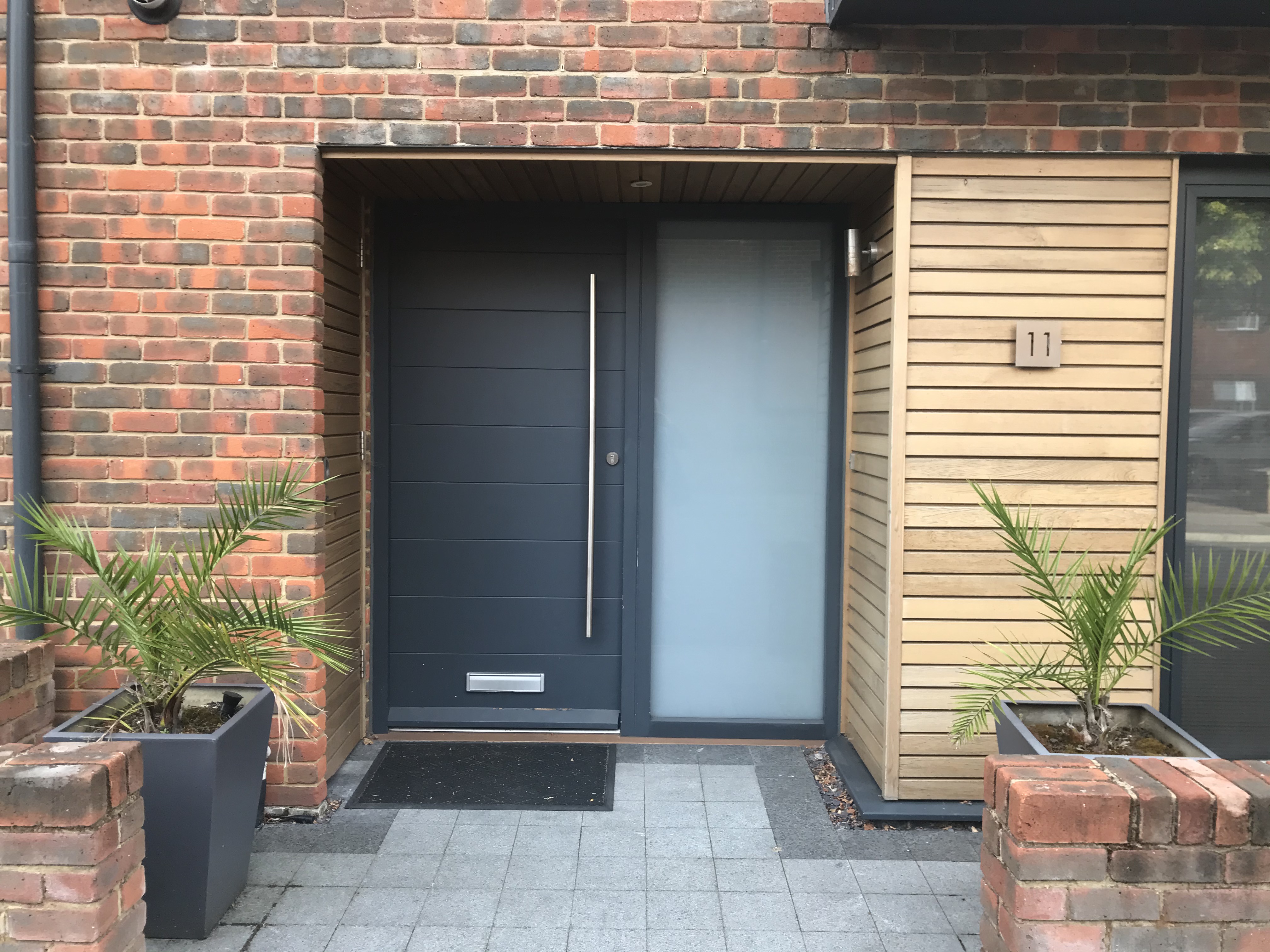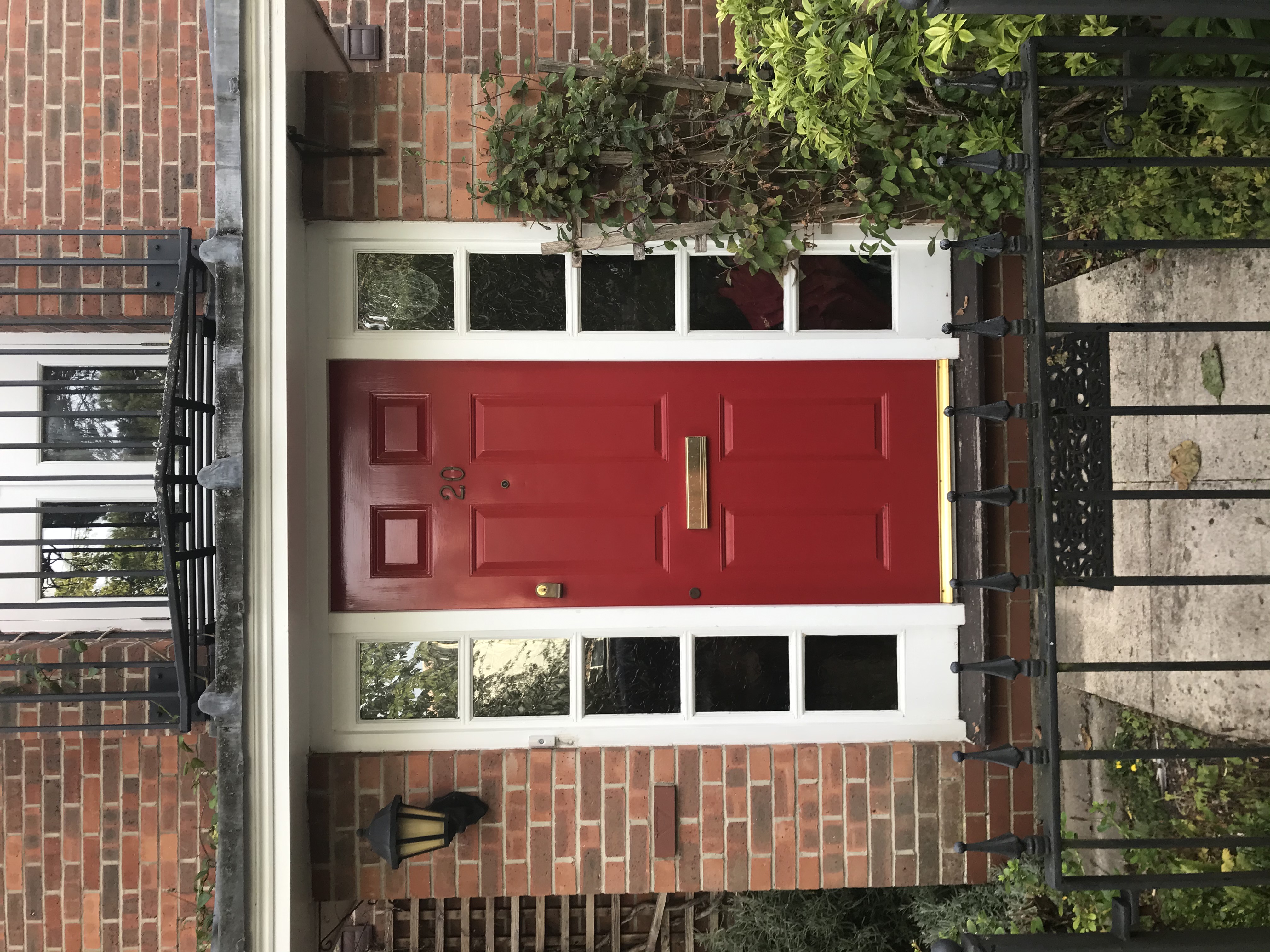Choosing a new front door
Choosing a new front door
The front door is the first thing that anyone sees when they come to your home. It creates a lasting impression and gives a hint of what’s inside. The perfect front door is stylish, secure and energy efficient, but how do you find the right one for your home?
Making an entrance
When choosing a new front door, opt for a style to pair with the exterior of your home whether it’s a period property, country cottage or trendy townhouse. Materials, door design, colour, fixtures and glazing all play a part. If the front entrance has a porch, there may be an opportunity for an inner and outer door, enhancing security and insulation. The porch can then be used as extra storage space for coats or umbrellas.
Front door materials
Doors are constructed from a variety of materials. UPVC doors are often cheapest. For peace of mind, choose a SBD (Secured by Design) approved version as low-budget options can be weak. UPVC doors can offer excellent heat insulation and are low maintenance.

Solid wood doors are robust, so hard to break down. Timber doors come in both traditional and contemporary styles. Oak doors are high quality, and low maintenance. Solid timber doors are, however, susceptible to shrinkage, letting in draughts. Multi-layered engineered wood can be insulated internally and is stable.
Composite doors boast the benefits of several materials, including wood, insulating foam and glass reinforced plastic. Composite is available in most styles of door and will never need painting, so is virtually zero maintenance.
Aluminium is the most popular option for metal front doors, but they are available in anything from copper to bronze and steel. Metal doors can be powder-coloured in any shade and are ideal for a contemporary look.
Whatever material you choose for your door, go for the best quality you can afford. For example, a premium 70mm thickness composite door rather than a standard 44mm thickness.
Style options
The latest doors come in a huge variety of designs. Whether period or modern, simple or panelled, over-sized or standard, farmhouse or stable, muted or bold colours – there are multiple choices. While traditionalists are more likely to opt for classic panelled options and modernists may prefer a clean-lined, simple design, it’s important to consider the style and period of your property. So, if you have a Victorian semi-detached property a classic panelled design is likely to suit your house best. Similarly, if you have a modern home, opt for a contemporary door.

Front doors give you the freedom to add a little more personality to the exterior of your home. Don’t be afraid to play with colour. A typical 1930s house would probably have a natural timber door, dark red or green paint. But you can add a pop of colour, for example turquoise blue. Remember to take a step back to consider your colour choice in context of the whole house. Will your favourite hot orange clash with the colour of brick, stone or render?
Glazing
Glazing can totally transform the look of a front door. Glazing options are as varied as door designs. There is every kind of clear, patterned, frosted and tinted glass available in single, double and triple glazed formats. Colourful, decorative stained glass is a typical feature of period Edwardian and Victorian front doors. If you are lucky enough to have the original stained glass, it’s worth preserving or refurbishing it. Bespoke stained glass can be surprisingly affordable.
On a wide entrance you may be able to add a vertical sidelight panel on either side of the door to achieve a brighter, light-filled hallway. Alternatively, add a transom light (glazing panel above the front door). Balance the extra natural light gained from clear glass with the visual interest and privacy of coloured glazing.
Handles & hinges
Attention to detail also helps when selecting the right door furniture. Finnish architect Juhani Pallasmaa called door handles “the handshake of the building.” The key is finding the right style for your door. If you have opted for a Victorian-inspired classic blue panelled door, then choose a traditional style door knocker and handle. For example, polished brass or brushed chrome door handle and letterbox. Stainless steel fittings look great on contemporary style doors. There is no need to have all the usual fixtures and fittings on the door. You might choose to locate the doorbell or numerals to the side of the doorframe for a cleaner look.
Security
Choosing a front door is not just about looks. The door needs to be secure and burglar proof too. Many break-ins occur because a door is kicked in. From a security point of view, a good quality wooden door or robust composite is preferable to UPVC. If you are fitting a new front door, always fit security accredited products as these are tested to British Standards and approved by the insurance industry. As a minimum, doors should meet or exceed British Standard PAS 24 2016. For bespoke front doors, seek the advice of a locksmith belonging to the Master Locksmiths Association (MLA). The locksmith will check if the locks and hinges are British Standards approved. Extra features can include front door security camera and a smartphone app for your doorbell so you can see who is calling even when you’re not at home.
Energy efficiency
There are competing claims about which type of door material loses the most heat. A simple way to check if you’re buying a new door is to compare the door energy label. Similar to windows and other products, doors have an energy efficiency rating produced by the British Fenestration Rating Council (BFRC). This is colour coded and alphabetically ordered. A is the highest rating and G the lowest. Choosing a door with the highest A+++ rating will put you in the best position for gaining maximum energy efficiency and saving money on heating bills. However higher rated doors are likely to be more expensive.
There are many different factors when it comes to deciding which front door is the right one for your home. They need to be stylish, sturdy, secure, energy efficient and affordable. Replacing the front door doesn’t usually need planning permission unless the property is listed, or you live in a conservation area.

